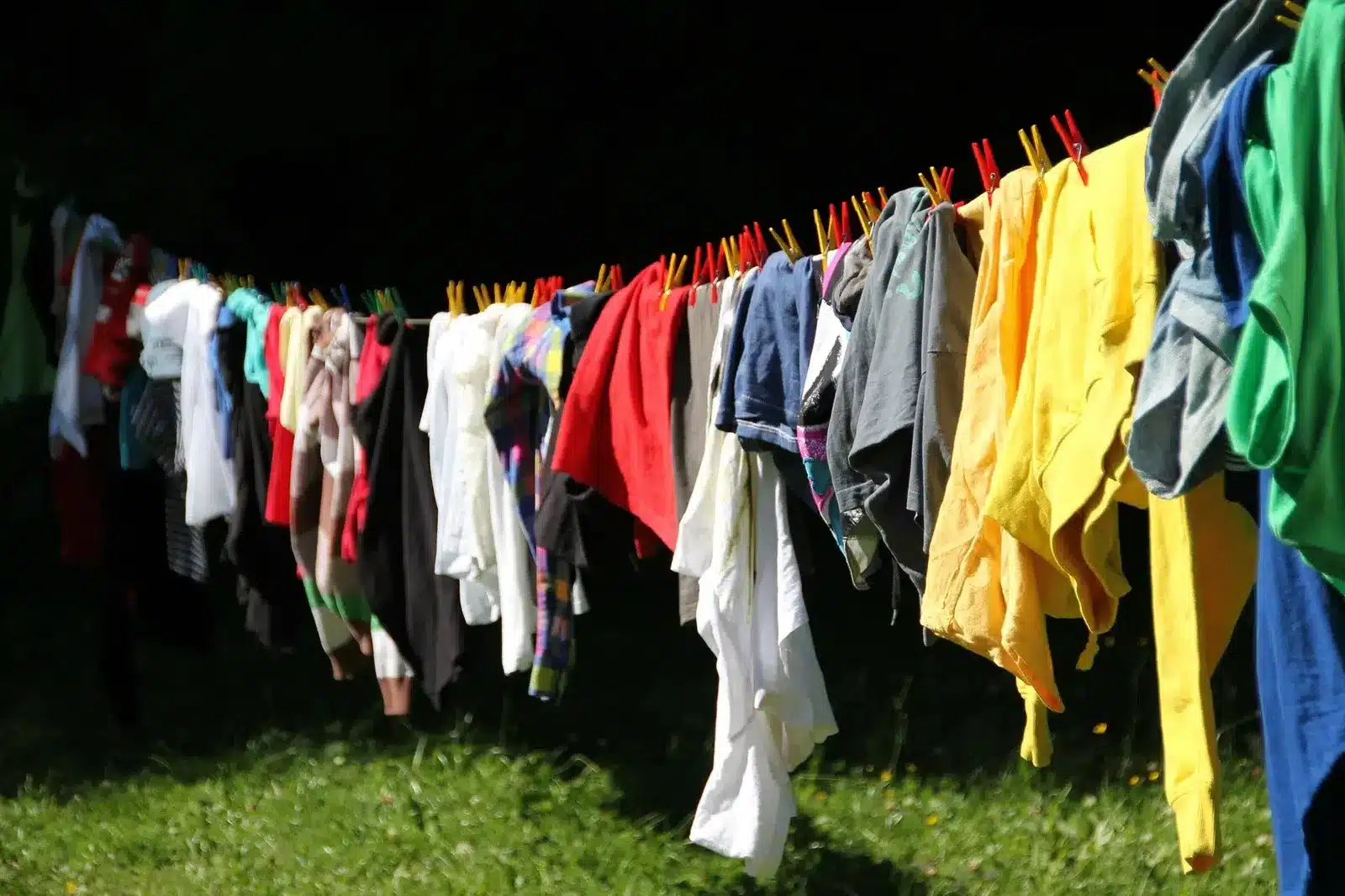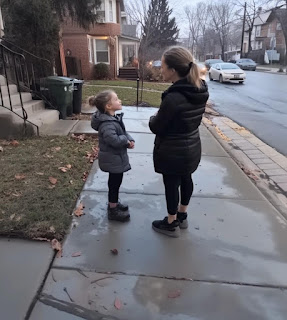That sun-dried laundry smell might evoke feelings of freshness and cleanliness, but for allergy sufferers, it could be the source of endless sneezing and discomfort. The practice of drying clothes outdoors, while traditional and energy-efficient, comes with hidden consequences during pollen season.

When you hang laundry outside, you’re essentially creating perfect pollen collectors. Damp fabric acts like a magnet for airborne allergens, which then get brought into your home. This means you’re not just encountering pollen when you’re outside – you’re constantly re-exposing yourself to it through your clothes, towels, and bedding.

The timing makes this particularly problematic. From early spring through fall, different plants release pollen at different times. Trees start the season, followed by grasses in summer, and weeds in autumn. Each phase means new allergens potentially infiltrating your home through your laundry.

Health professionals recommend alternative approaches during allergy season: using a dryer, creating an indoor drying space with fans, or at least choosing less windy days for outdoor drying. Other helpful habits include showering before bed and keeping bedroom windows closed.
While medications can help manage symptoms, reducing exposure is often more effective. That wonderful outdoor freshness comes with a hidden cost for allergy sufferers – one that might make rethinking your laundry routine worthwhile.


